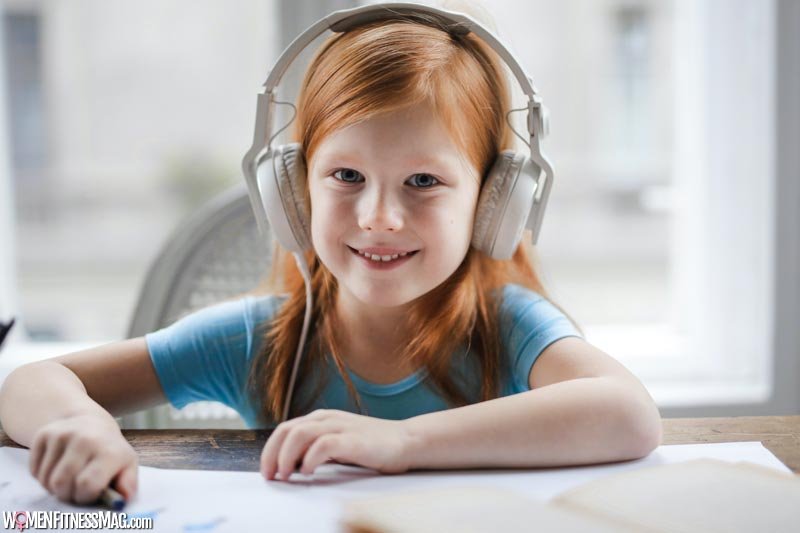Sensory Diets: Creating an Optimal State of Mind : The world is full of sensory information. Many children and adults reduce sensory input to help them stay calm, or they seek input to help them stay alert. They chew gum, doodle while listening, or move their legs up and down. These movements help keep the body engaged in a task. However, for kids with sensory processing needs, they require more strategies and therapeutic support to stay focused and regulated throughout the day.
Sensory Processing Disorder
A sensory processing disorder (SPD) is defined as difficulty receiving, processing, and responding to incoming information. Sensory information is received all day through sensory avenues such as taste, sight, smell, and touch. However, children with SPD may be over-responsive to stimuli and cry, vomit, or bang their heads in response to sounds or being touched. Other children may be under-responsive to stimuli and not react to extremes in temperatures, appear unaware of their surroundings, or show a lack of acknowledgment when called upon. Children with SPD require an occupational therapist’s expertise and knowledge. An OT has the appropriate assessment tools that can effectively determine a child’s sensory needs. Based on the assessment, the OT creates a treatment plan and a sensory diet to assist with behavior at home and school.
What Is A Sensory Diet?
A sensory diet is a customized treatment program based on activities and movements to help a child become more organized and regulated. Standardized sensory assessments help OTs determine precisely where a child needs help so they can create specific calming or alerting activities. A sensory diet helps put kids in a “just right” or optimal state of mind to learn and attend.
Activities to Create an Optimal State of Mind
Numerous techniques can calm the nervous system or help kids become more alert. There are tools and activities for all sensory areas. For children who are too overwhelmed by noises, wearing headphones to either silence their world or play soothing music helps. Other strategies include guided meditation, listening to nature sounds, or just walking outside. For children who need more sensory input, playing a musical instrument, singing, or listening to fast and cheerful music arouses the senses.
Kids who are overly sensitive to light should wear sunglasses, even when they are indoors if the lighting is too bright. Watching a lava lamp or fish in a tank can be very calming. Wearing compression socks, a weighted vest, or using a weighted lap blanket while sitting at a desk can bring awareness to their bodies so they can calmly attend to a lesson. Jumping on a trampoline, swinging, squeezing a stress ball, playing with a fidget toy, pushing or pulling heavy objects, and hanging upside down can help put kids in a better social-emotional state of mind so they can respond appropriately to their environment.
There are numerous combinations of activities that can be customized to fit a child’s needs with SPD. Occupational therapists create sensory diets to help kids regulate their bodies and emotions, which can create significant changes to their behaviors and interactions with their parents, peers, and teachers. It is essential to a child’s well-being that she or he learn proper techniques and tools to navigate the world as easily as possible.
See the sensory processing assessment tools available at WPS, a leading independent publisher of psychological and educational assessments.
Related Videos about Sensory Diets: Creating an Optimal State of Mind :
What is a Sensory Diet?
Sensory Diets: An Introduction
https://www.youtube.com/watch?v=gQGYpqd7h_Q
How To – Sensory Diet
Sensory Processing – What is a Sensory Diet
Sensory Diet Avoid Meltdowns
Sensory Diets: Creating an Optimal State of Mind
what is the first step to creating a sensory action plan, sensory diet checklist, sensory diet pdf, how to create a sensory diet, sensory diet for adhd, sensory diet for adults, sensory diet in the classroom, sensory diet for hitting,




